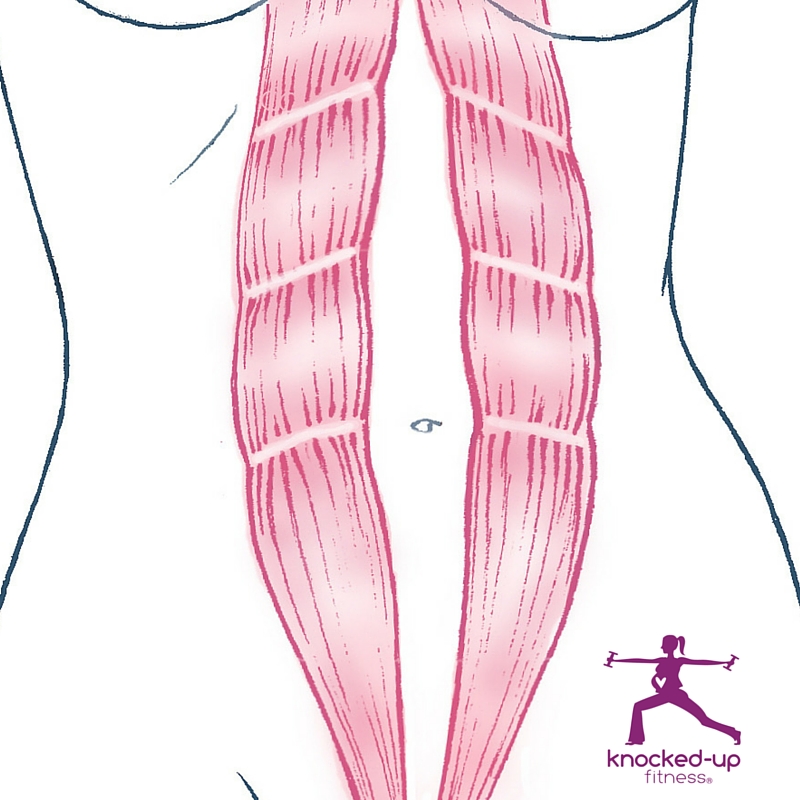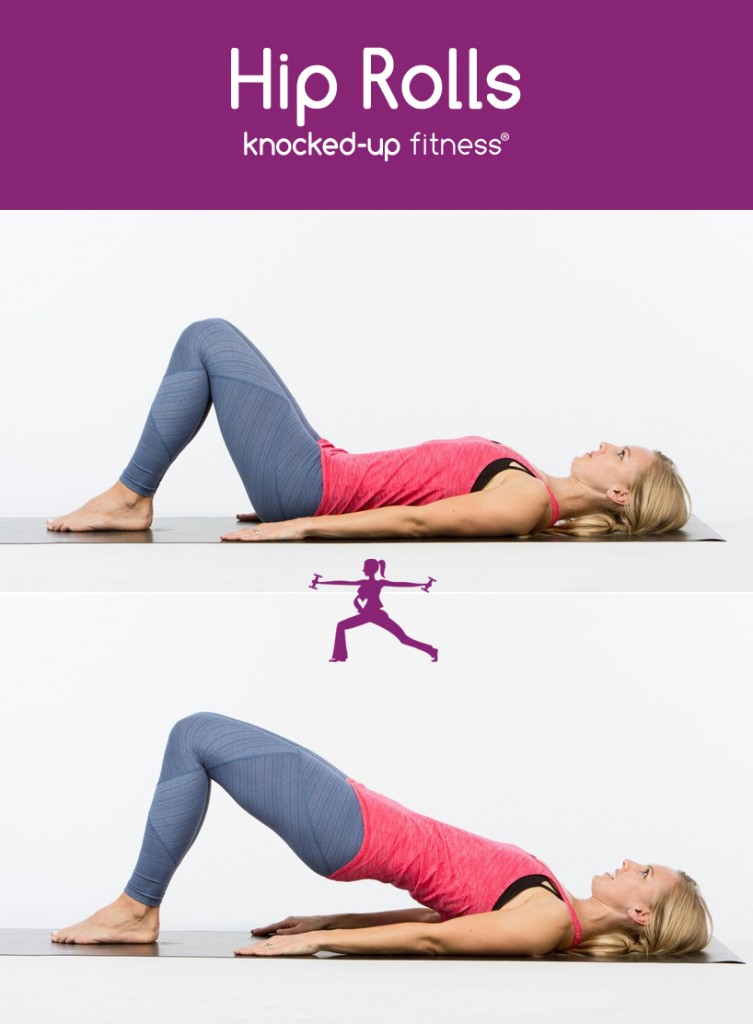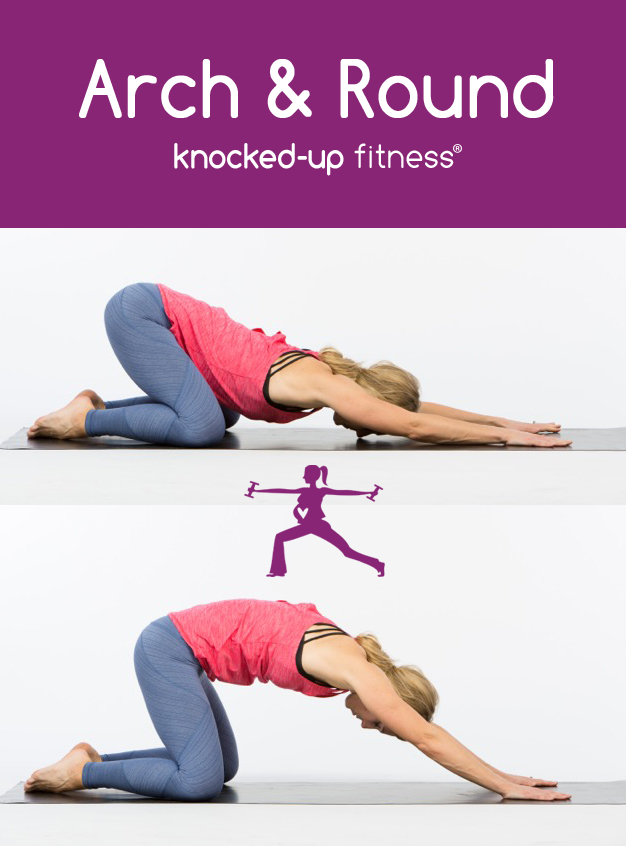One of my most asked questions “What are the best exercises for diastasis recti” in some form about prevention – repairing- and preventing further damage. I’ve written other posts that are centered around the topic of Diastasis Recti or Recti Diastasis or Abdominal Separation – all the same thing. And the one main answer I always come back to is this:
Learn how to properly connect your deep core muscles during pregnancy, reconnect them after, and keep them connected properly as time goes on. {you can learn step-by-step how to rehab your core in my Core Rehab Program, check it out here}. Simple enough right?
Well – I wish it were that easy.
Why – because finding your pelvic floor muscles, understanding what your transverse abdominals are {among others but will keep the focus to those two to get you started}, all while breathing and keeping just the right amount of muscle activation is a must for proper deep core strength. I go in-depth about proper activation in my Prenatal + Postnatal Membership where I combined The Knocked-Up Fitness and Wellness Membership and The Core Rehab Program.
{Not sure if you have Diastasis Recti? Check out my Diastasis Recti post!}
Pregnant Mamas:
When you have proper activation of your pelvic floor and transverse abdominals during pregnancy you will feel a light pelvic floor lift and also see a slight lift up off your belly from underneath.
You want to avoid your belly pulling in from the sides as this can create “coning” and actually pull on your rectus abdominals possibly increasing the degree of diastasis recti. Also spend time relaxing your belly to allow for your muscles to relax and stretch, especially during baby’s growth spurts and those last couple weeks when it seems your belly couldn’t possibly get any bigger – relax mama {in between your workouts of course}.
Postpartum + Beyond Mamas:
It’s NEVER TO LATE to start to recreate deep core strength, the sooner the better of course but if you are well beyond babies {I’m talking 30-40 years this can help you!}. Letting it go too long can lead to incontinence, prolapse, back pain, neck pain, poor posture, and the list goes on and on…
Beyond baby when you focus on activating your deep core muscles you should feel a light pelvic floor activation along with a light lower belly “zipping” feeling. I’m finding more and more that many tend to grip their pelvic floor and transverse abdominals trying to strive for an intense abdominal connection – which it is not.
Focus on your light deep core connection and read and learn more in my Prenatal + Postnatal Membership {pregnant or not, my prenatal workouts and strengthening your deep core tutorials could really help you find those deep core muscles because that’s the foundation of all of my training!}.
I know you wanted actual exercises because as much as I would love to continue my deep core talk I’ll move on just for you. That said, promise me you’ll keep the core focus of these exercises around finding your light pelvic floor and transverse abdominal connection – stop gripping and start zipping – ha! But I’m being serious, oh and breath as you move…
Here are my top 3 Best Exercises for Diastasis Recti {prevention during pregnancy, postpartum or years beyond}.
Hip Rolls
Yes, you’ll see this exercise a lot in my workouts because it’s an amazing exercise! I teach this one regularly to my clients to help them find their deep core while progressing into hip rolls which feel amazing on your back. And is a favorite for repairing rectus diastasis.
Yes you can do these during pregnancy IF it feels good for you to be on your back for a couple minutes and your doctor is okay with you doing so {if your doctor has told you otherwise then skip this one but check out my next 2 exercises!}
- Lay on your back with your knees bent and feet together {or hip-width if that feels better for your back}.
- Exhale to gently lift up on your pelvic floor muscles, pressing your knees together while simultaneously articulating your spine up into a bridge position. Avoid your ribs “popping.”
- Inhale to hold position feeling the back of your legs and lower belly doing holding your hips up.
- Exhale to slowly articulate rolling your spine back down one vertebra at a time, initiating the movement by gently drawing your ribcage down.
- Continue for 5 to 10 reps slowly.
Squats + Rotations
Another exercise you’ll see a lot from me, and for good reason – it helps target not only your deep core muscles but is great for fascial stimulation which ultimately can help you become stronger, more in-tune with your body, and create stronger fascial connection of your abdominals {yup, not many people even know what fascia is but trust me it’s amazing! I’ll be sure to add that to my list of posts I need to write about}.
This is so cool – the fact that you can actually stimulate and create more + stronger fascia in your abdomen just makes me all giddy inside {and if you’re like me be sure to check out my Pre/Postnatal Instructor Course}. Back to my squats + rotations, if you aren’t yet comfortable adding the rotation focus on small squats, then small rotation and eventually adding the two together. If it’s easier for you to follow along with me you’ll find this in my Prenatal + Postnatal Membership.
- Standing in a comfortable wide squat {sticking your booty slightly back} and your arms out in front {holding an exercise band or hand towel if you have either}.
- Exhale as you stand {keeping your glutes engaged} rotating towards your right as your left leg and toe pivot with you allowing easy rotation of your hips and your arms reach up overhead. You should feel a light core connection, your booty working and lengthening of your spine.
- Inhale as you return to your starting squat position.
- Then rotating to your left making sure that your right leg and toe pivot with you.
- Continue for 10 to 20 reps alternating sides slowly.
Arch + Round
A great exercise to help you find your pelvic floor and transverse abdominal connection:
- Sit your hips back but only go so far as to keep your back in an arch. Relax your pelvic floor muscles.
- Exhale as you gently start to lift and activate your pelvic floor along with gently zipping up your transverse abdominals {think lower belly} to move your pelvis to a tucked position as you lift your hips up {see image above to help give you a visual.
- Inhale as you sit back to start and relax your deep core muscles {including your pelvic floor}.
- Repeat for 3 to 6 reps.
I know this one can be confusing but give it time and you will get it and it really can help you find your deep core muscles which can help you in repairing diastasis recti. Incorporating these exercises with my prenatal workouts can help you be on your way to a stronger core + stronger body + more energy to keep up life!








7 Comments